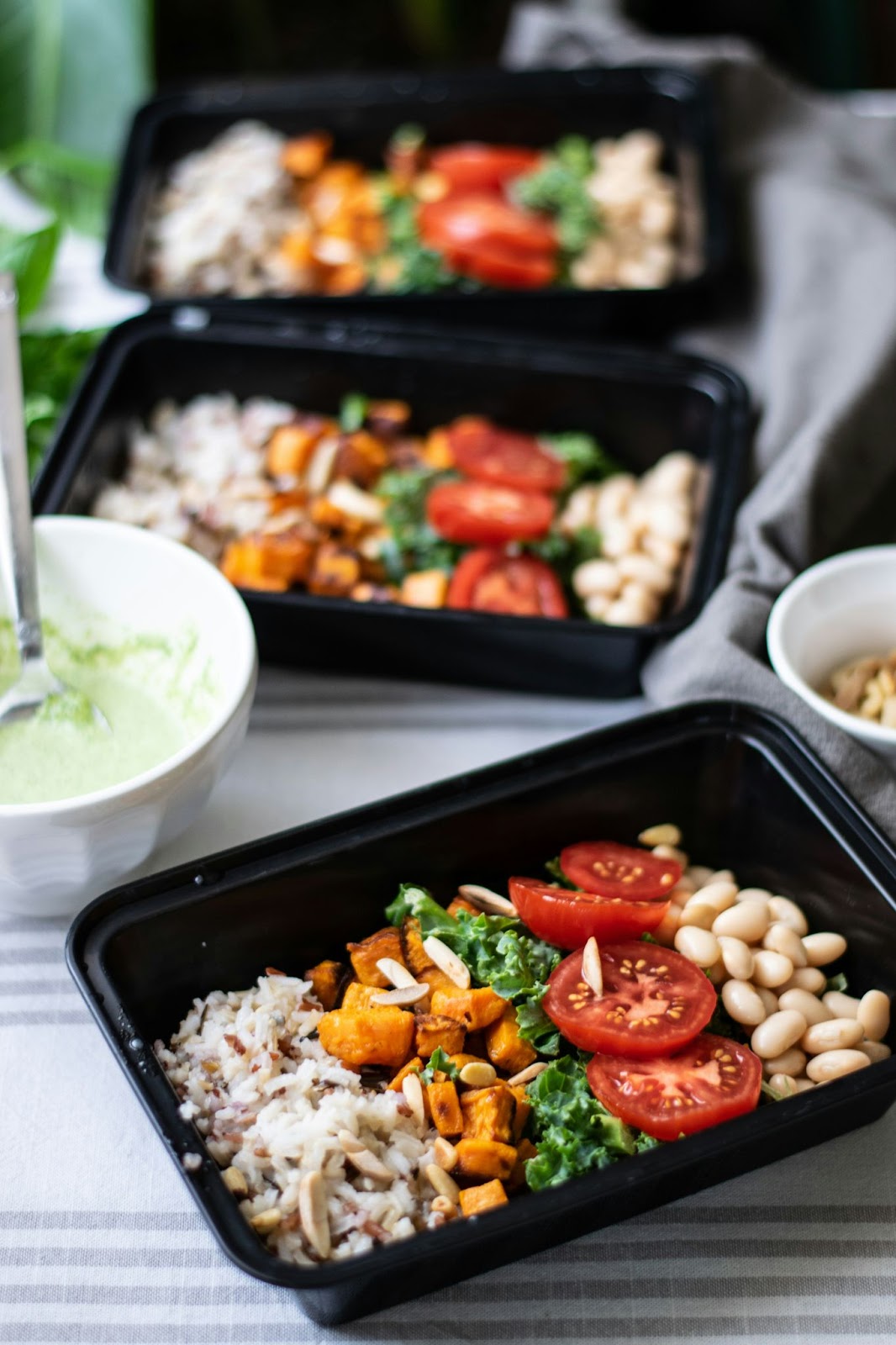Your menu is more than a list of meals—it's your most powerful marketing asset.
In today's booming meal prep industry, projected to grow from $5.68 billion in 2024 to $12.89 billion by 2033 (9.2% CAGR), the businesses that win aren't just the ones cooking great food. They're the ones who know how to communicate that food's value. Customers need more than a list of calories and macros—they need stories, trust signals, and education that positions your meals as the smartest choice available.
This guide will show you exactly how to transform your menu into a conversion engine using persuasive copywriting, menu design psychology, visual storytelling, and nutrition marketing.
What makes one menu deliciously persuasive while another feels like a grocery list? Psychology.
Research published in PMC shows that diners respond far more positively to emotionally evocative menu descriptions than ingredient-only listings. For meal prep owners, this means your descriptions shouldn't just tell—it should sell.
Color psychology: Green evokes freshness, orange stimulates appetite. Smart use of these in website menus or branding increases appeal. (Menubly, Studio93)
Narrative storytelling: "Locally sourced salmon with citrus glaze" feels premium, justifying higher pricing.
Structural design: Strategic placement of signature dishes guides the eye and elevates perceived value.
This is not about fluff. It's about using proven neuromarketing tactics to elevate your meals from commodities to crave-worthy solutions.

Most meal prep operators default to factual names like "Chicken and Rice." The problem? It's accurate but unremarkable. Let's look at how a few tweaks change the game.
Example:
The after version layers in sensory language (lemon-herb roasted), geographic cues (Tuscan), and freshness signals (seasonal veggies). This isn't about deceiving customers—it's about giving them language that reflects the true care inside your dish.
Pro tip: Tie these descriptions into your email and SMS campaigns to reinforce marketing consistency across channels.
When your meals arrive in containers, photography becomes even more critical. Unlike plated restaurant dishes, your job is to make packaged food look crave-worthy.
Key techniques include:
Visual storytelling also applies to your digital menu layout—bold headers, simple icons for dietary tags, and easy-to-scan ingredient callouts build both efficiency and trust.
Nutrition is not just data—it's a decision driver. Customers aren't buying macros, they're buying outcomes: more energy, weight loss, better performance, time saved.
Instead of burying nutrition info in small print, spotlight it as a marketing differentiator:
Why does this matter? Because credibility builds loyalty. Platforms like The Real Food Dietitians have shown how clearly labeling meals with trusted dietary signals makes customers more confident in their choices.
To go further, build content around your sourcing practices—local farms, organic produce, or sustainable fisheries. This frames your brand as premium and principled, justifying higher pricing.

Once your dish is finalized, how do you ensure people see it, want it, and order it? Use this repeatable system:
Craft an evocative title + description.
Capture a primary hero shot and a few lifestyle images.
Add macros/dietary tags as promotional hooks.
Monitor cart abandonment, repeat orders, and customer reviews. Use tools like Bottle's integrated CRM and SMS marketing to iterate faster.
This process transforms every new menu item into a mini marketing campaign—without extra chaos.
Instead of isolating them in a table, integrate key highlights into your marketing language ("30g protein power bowl") and reinforce trust with a downloadable nutrition PDF for detail-oriented customers.
Use clear, consistent labeling (Gluten-Free, Vegan, Keto) across your website, menu, and campaigns. Position yourself as inclusive by offering multiple options per rotation.
Because your menu is both your sales page and your customer promise. Strong copy and visuals directly impact perceived value, conversion rate, and retention.
Highlight sourcing ("locally raised"), preparation techniques ("chef-crafted"), and nutrition outcomes ("engineered for endurance"), not just ingredients. Customers will pay more when they understand the why behind the food.
Great meal prep food gets you in the game—but great communication grows your business.
Your menu should not only inform but persuade, educate, and inspire action. By weaving together psychology, copywriting, photography, and nutritional marketing, you transform a basic offerings list into your most powerful growth engine.
The good news? You don't need to piece this together alone. Bottle equips meal prep operators with the integrated tools, expert coaching, and growth systems to turn every menu item into a revenue driver.
When you stop just listing food and start selling a solution, you don't just fill orders—you build loyal, long-term customers.
Book your free strategy session with a meal prep growth advisor. We’ll discuss:



Book a call with a Bottle Meal Prep Advisor